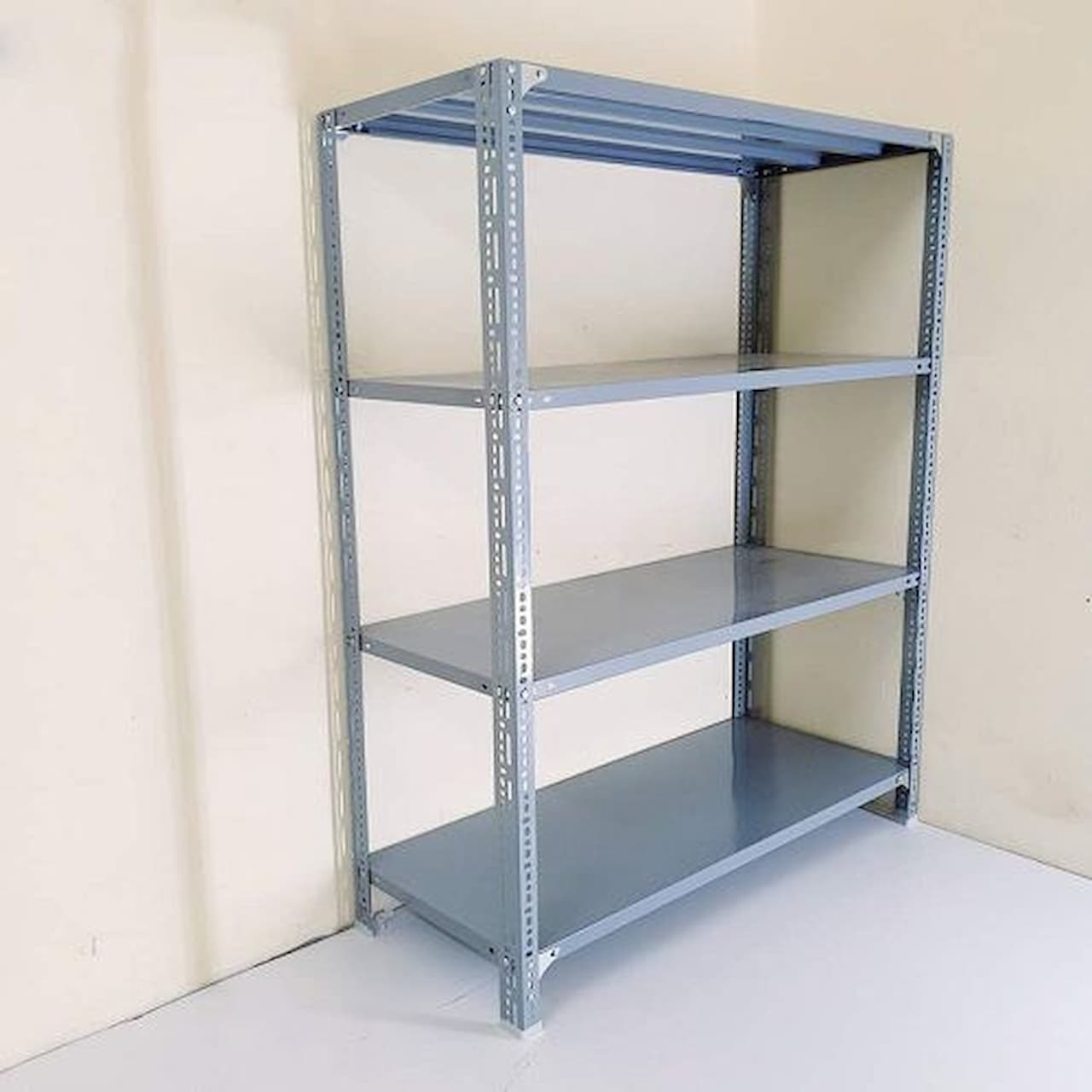Pallet racking is any material handling storage system that stores materials on pallets in horizontal rows on multiple levels. Pallet racks require the utilization of a forklift truck to load and unload pallets on top of the racks. All pallet racking, regardless of style, will increase the storage density of the warehouse, retail centers, as well as any other storage facility.

There are numerous considerations when scouting for which kind of racking is right for you:
• Storage density required/desired
• Building space, both floor area and height
• Keeping of obstructions like doors, support beams, columns, etc.
• Inventory dimensions
• Inventory accessibility
• Cost
Selective pallet rack will be the least dense and also the most inexpensive, and enables immediate access to each product at each and every shelf height. They come in two main styles, roll formed and structural. Roll formed racking is normally lighter and has horizontal load beams which are located in to set by clips, and are typically adjustable by 50 percent inch increments. This will make adjusting the rack heights very easy, but roll formed pallet racks cannot hold as many pounds as other styles, as they are less resistance against impact by forklifts.
Structural selective racking is much more durable as the horizontal beams are connected to the upright beams with bolts. Both types of selective racks are adjustable and permit for personalisation, but roll formed is less durable and more vulnerable to damage. Structural pallet rack also is a section of the building's structure, replacing the building's I-beams, making a rack supported building.
Other types of pallet rack include drive-in/drive-through, push-back, and pallet flow rack. These kinds enable more dense storage, however you cannot access virtually any inventory item at any time. It will take a little more planning and organization to effectively use this design of racking, when done properly is quite efficient.
Drive in/through racks accommodate lift equipment to operate a vehicle straight into the rack's rows. Drive through is open at intervals of entry point making it possible for a forklift drive an automobile completely from the rack, whereas drive in is only open at one end. Drive in uses a LIFO design of inventory (last in, first out), meaning that the initial pallet being stored in a row is the last one out, and also the last one to get stored could be the first one out. Drive through used either the LIFO or FIFO way of storing, because pallets can be accessed from each side.
Drive-in/drive-through rack is certainly a dense approach to storage, since it doesn't require aisles in between each rack system. This style could be damaged somewhat easily because forklifts travel through the rows with very little clearance on each side.
Push-back pallet rack uses depth for additional storage capacity since it can typically store between four and six pallets deep, and pallets are stored on wheeled carts that sit on the surface of rails.
These rails are angled slightly toward top from the racking, causing pallets to roll forward due to gravity. When a forklift loads a whole new pallet right into a row with pallets already inside it, it pushes the present pallets back. Every time a forklift requires a pallet out, all of the other pallets slide forward towards the front. Mtss is a great labor saver but can be higher priced than selective and structural rack, so it is dependent upon how dense you will need your safe-keeping being.
Pallet flow rack is very comparable to push back rack for the reason that it requires benefit from depth and gravity for additional storage density. Pallet they fit on roller wheels in a slight incline to ensure that pallets turn to leading in the rack automatically. Scalping strategies may have braking systems that control the pace with the moving pallets for really safety. Based on your setup, pallet flow rack could be loaded inside the back and picked right in front (FIFO), or loaded and picked in the front (LIFO).
To get more information about Ke sieu thi go our resource
